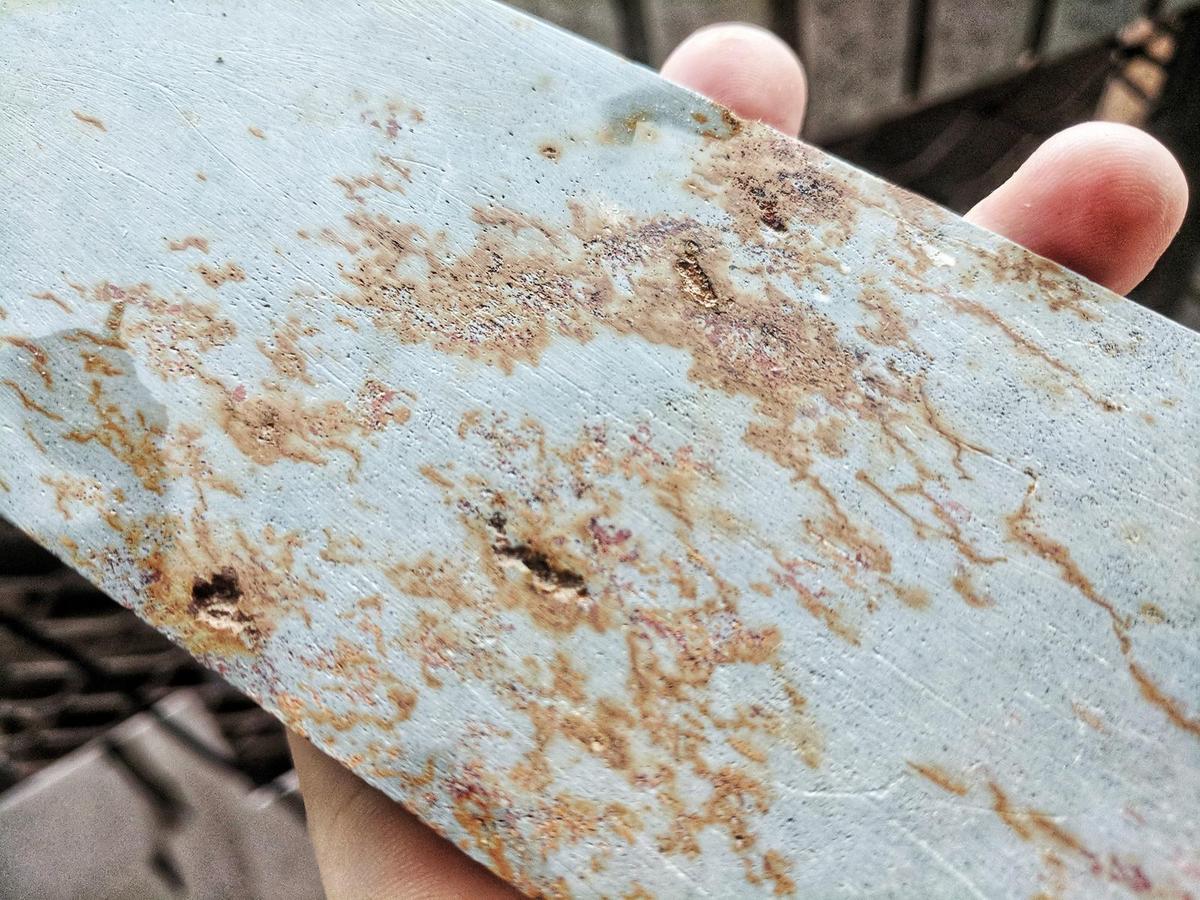bprescot
Founding Member
In the six or so weeks I've been back on the boards I've been told three or four times to try out Natural Stones. It is hard for me, however, to separate if this suggestion is coming because the suggester is an avid sharpener and can appreciate subtle differences in the experience that someone like me, who cares only about getting a good working edge again, might not. Or does the refining process with a natural stone produce a superior edge somehow? (Someone once tried to explain something to that effect but my eyes glazed over once the phrase "dynamic scratch patterns" was used.)
Said differently, are natural stones mostly recommended for the result, the experience, or because collecting stuff is what we tend to do here.
Who should make the plunge and what options for toe-dipping exist?
Said differently, are natural stones mostly recommended for the result, the experience, or because collecting stuff is what we tend to do here.
Who should make the plunge and what options for toe-dipping exist?





